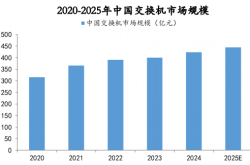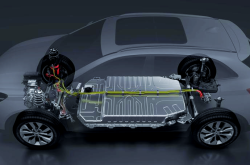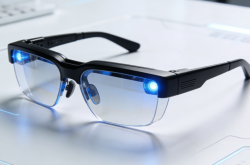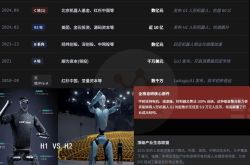Is Leapmotor, Having Secured a Spanish Factory, Poised to Challenge BYD in Europe?
![]() 09/09 2025
09/09 2025
![]() 511
511
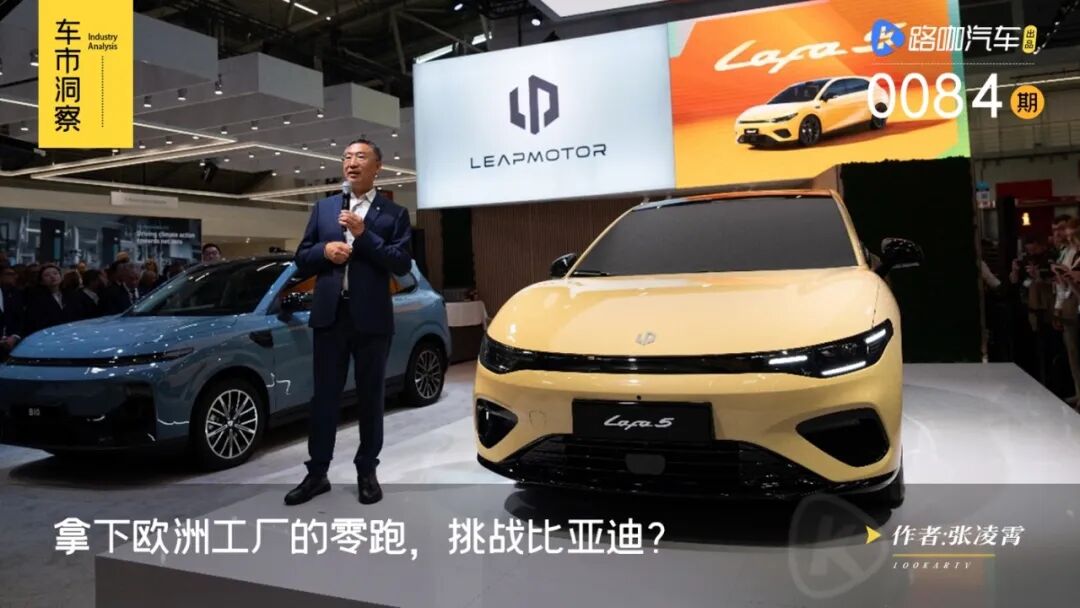
The Munich International Auto Show, which kicked off on September 8, has made European automakers feel the mounting pressure from their Chinese counterparts even more acutely. The 'Chinese delegation' not only showcased cutting-edge technologies and innovative products but also brought along businesses of varying sizes along the industrial chain, aiming to penetrate the local market with tailored local strategies.
Leapmotor's latest offering, the Lafa5, built on the LEAP 3.5 architecture, made its grand debut at the Munich Auto Show. Its compact, hatchback design, coupled with pure electric capabilities, aligns seamlessly with European consumer preferences. During the launch event, Leapmotor's CEO, Zhu Jiangming, announced that the Lafa5 would be launched in China in the fourth quarter of this year, with a global rollout planned for 2026.
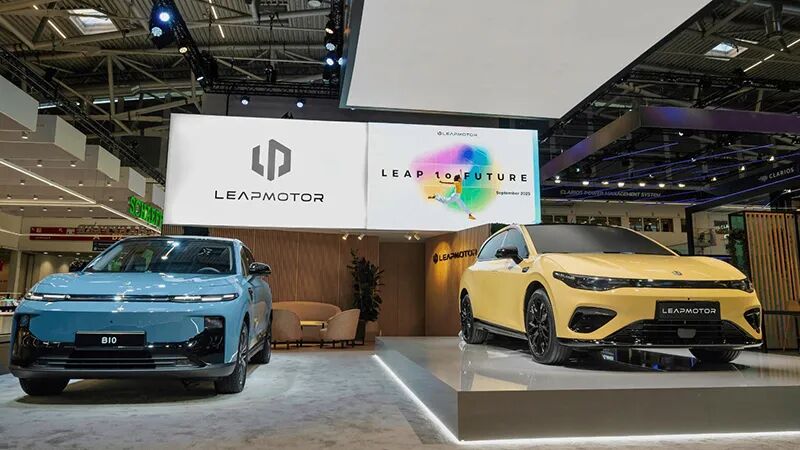
The reason for delaying the international launch by a year is that Leapmotor is strategizing for a bigger impact. According to Luca Auto, the Lafa5 will commence production at Stellantis' Zaragoza factory in Spain in the third quarter of next year. Prior to this, Leapmotor's global models like the C10 and T03 primarily entered the European market through complete vehicle exports.
Shortly before the Munich Auto Show commenced, the Leapmotor B10 set sail from Shanghai, bound for Europe. On the opening day of the show, Leapmotor announced the commencement of B10 deliveries in the European market. In fact, besides the Lafa5, the B10 is also slated for production at the Zaragoza factory. According to informed sources, these two models produced at the Zaragoza factory will extensively utilize locally sourced components. Once this layout is finalized, it signifies that Leapmotor will enter the European market through the KD (knock-down) assembly method.
Entering Europe: Stellantis Paves the Way
The Stellantis Group boasts three production bases in Spain, located in Vigo, Zaragoza, and Madrid. According to 2024 statistics, the combined production capacity of these three factories accounts for 41.3% of Spain's total automotive production capacity.
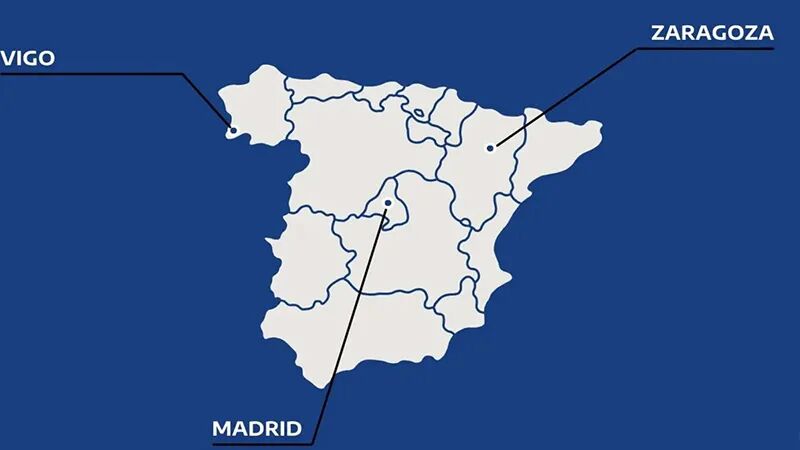
The Zaragoza factory in northeastern Spain primarily manufactures B-segment vehicles based on the Peugeot Citroën Group's CMP and e-CMP platforms, such as the Peugeot e-208, the electric version of the Opel Corsa, and the electric version of the Lancia Ypsilon.
Having an existing electric vehicle production line means that Stellantis can commence production of Leapmotor's new vehicles at the Zaragoza factory without significant factory modifications. It also implies that a mature component supply system is already in place around the factory.
Furthermore, in December of last year, Stellantis officially announced a €4.1 billion investment, in collaboration with CATL, to construct an LFP battery factory in Spain. The factory will be situated in Zaragoza and is expected to commence production by the end of 2026. With an anticipated production capacity of 50GWh, Stellantis stated that this move is aimed at creating more affordable pure electric vehicles.
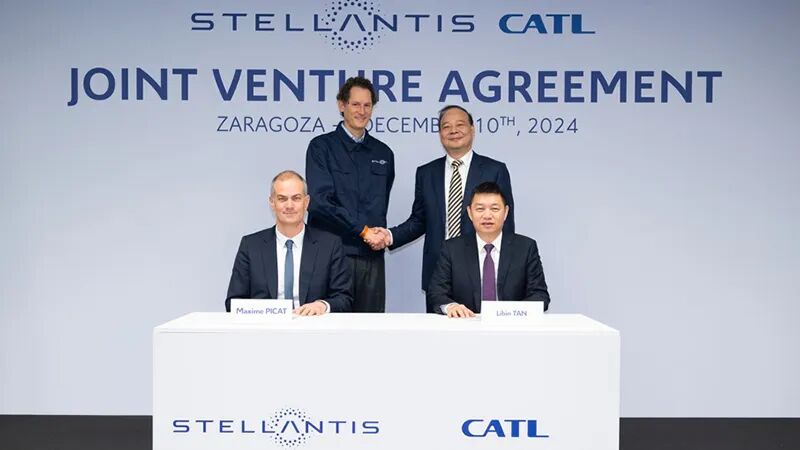
It is evident that Stellantis' electrification strategy aligns almost perfectly with Leapmotor's pace. On the other hand, when it comes to crafting more cost-effective electric vehicles, no one can surpass Chinese players and the Chinese industrial chain.
Similarly, as a compact SUV, Stellantis' own pure electric model, the Opel Grandland electric version, was released in June with a European guide price of nearly €60,000 (approximately ¥503,000). The Peugeot brand's e-3008 pure electric version is priced close to €45,000 (approximately ¥377,000). In contrast, the Leapmotor B10 is priced at €29,900 in Europe, approximately ¥250,000. Even with a 10% import tax, Leapmotor still maintains a price advantage.
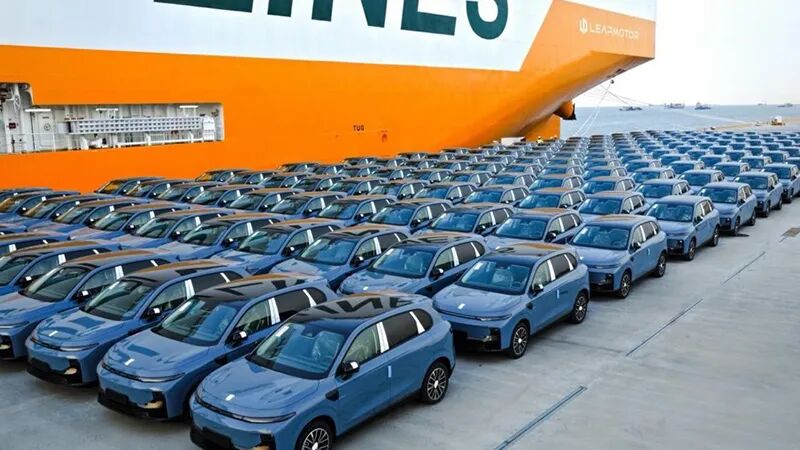
In fact, earlier this year, Stellantis and Leapmotor already dipped their toes in the water with a localized CKD assembly project. The two sides announced the production of the Leapmotor C10 based on Stellantis' Gurun factory in Kedah, Malaysia, with the aim of selling the products in Malaysia and throughout Southeast Asia.
It is foreseeable that after localized production, Leapmotor can further reduce costs. The Lafa5, which made its debut at the Munich Auto Show, did not announce a pre-sale price or other related information. Reasonably, if the Lafa5 commences production smoothly at the Spanish factory next year, its pricing strategy will differ from that of the B10, which is exported as a complete vehicle.
Leapmotor in Europe: A Potential Rival to BYD?
Before the B10 officially enters the European market, the higher-end pure electric SUV, the Leapmotor C10, has already undergone testing in the European market. In March of this year, the Leapmotor C10 went on sale in the UK for £36,500 (approximately ¥336,000). The rear-wheel-drive version of the Model Y with a similar range is priced about £80,000 more expensive than the Leapmotor C10 in the UK. Leapmotor officials pointed out that one of Leapmotor's core advantages is leveraging Stellantis' extensive dealer network to establish a robust after-sales system. '95% of the components for the C10 have local spare parts available, which alone can outperform other Chinese competitors.'
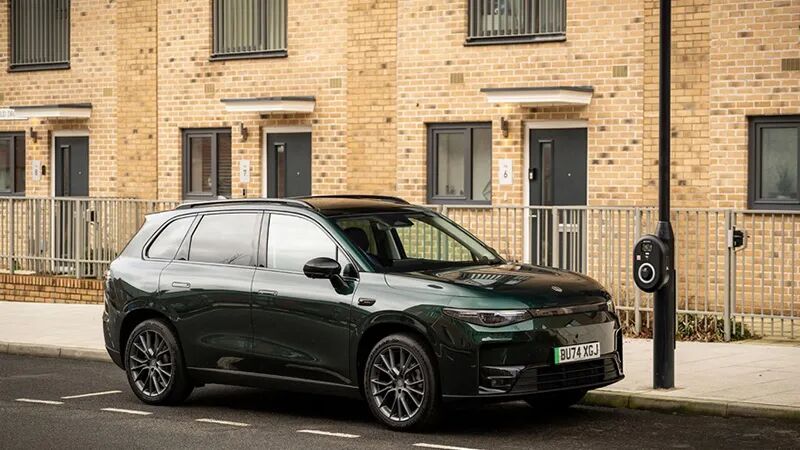
However, compared to the low-priced T03, the C10 did not generate significant buzz in the European market. In October of last year, the Leapmotor B10 made its debut at the Paris Auto Show, and foreign media described it as a competitor to the BYD Atto 3 (Yuan PLUS). From the official pricing perspective, the Leapmotor B10 is significantly cheaper. Taking Germany as an example, the starting price of the ATTO 3 is as high as €38,000, approximately ¥325,000, nearly €10,000 more expensive than the Leapmotor B10.
In July of this year, BYD's sales in Europe surged, with over 13,000 new vehicles sold, entering the sales ranking list for the first time. Meanwhile, Tesla's sales fell by 40% year-on-year. After these fluctuations, in the first seven months of this year, Tesla's market share dropped to 1.5%, while BYD's market share rose to 1.2%, significantly narrowing the gap between the two.
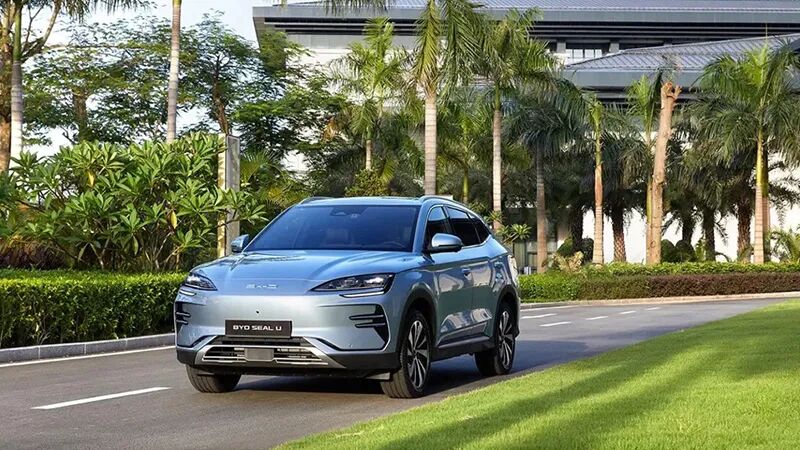
However, BYD's mainstay in the European market is not the ATTO 3 but the European version of the Song PLUS, the Seal U (pure electric + plug-in hybrid). In June, its monthly sales in Europe surpassed popular models like the BMW ix1, Volkswagen ID4, and Tesla Model Y. As a compact plug-in hybrid SUV with a starting price of less than €40,000, it can be said to have broken the price floor compared to competitors starting at €50,000 or more. With the entry of the Leapmotor B10, the price floor in the European market has been broken once again.
Unlike the T03 and C10, which were products during Leapmotor's initial foray into globalization, Leapmotor has now entered a new phase of globalization with the KD model. The upcoming locally produced B10 and Lafa5 will be Leapmotor's true arsenal for entering the European market. When Leapmotor and BYD cross paths in Europe, will they erode Tesla's market share or completely shatter the cost-effectiveness of Volkswagen, Skoda, and others?

